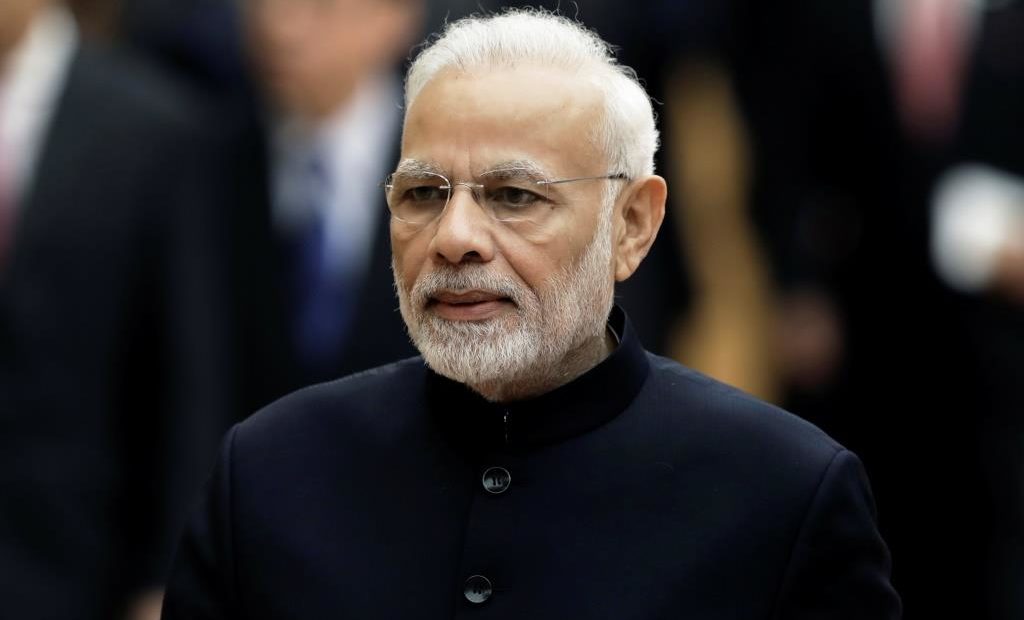Lessons for the present are often buried somewhere in our history. Today, India faces a geo-strategic situation as it is at the doorstep of a major confrontation with China. It is facing an unprecedented stand-off in Eastern Ladakh with the Chinese People’s Liberation Army (PLA) and at the same time it wants to replace China as the Asian giant.
How New Delhi approaches this situation will decide India’s position in the world for ages to come. How should India approach this tricky situation? History tells us that India should give up the Prithviraj Chauhan syndrome and adopt the offensive defence policy of Lalitaditya Muktapida.
It is well-known that Islamic conquest of India started in 712 AD, when Muhammad bin Qasim attacked the erstwhile Multan of an undivided India. But India’s perception of invincibility was damaged only three centuries later due to frequent attacks by Mahmud of Ghazni between 1020-1025 AD.
What pushed back Islamic conquest for three straight centuries is somewhat undocumented and this is where we have a lot to learn. This is the story of an unparalleled warrior in Indian history- Lalitaditya alias Muktapida.
His military strategy is unmatched, as he wasn’t completely on the defence unlike other Indian rulers in the pre-Islamic era. He was the most famous ruler of the Karkota dynasty of India’s Kashmir.
He grew increasingly aware of the threats posed by the Arabic invaders, and therefore he raised a powerful military for defence force. What sets him in a different league is his image of a world conqueror.
Lalitaditya defeated the tribes of Tukhars (Turks in Turkmenistan and Tochan in badakhshan), Bhutas (Baltistan and Tibet) and Dards in straight wars.
Lalitaditya never shied away from confrontations. According to RC Majumdar’s ‘Ancient India’, the Karkota ruler faced his first challenge from Yashovarman, a ruler of Kannauj who was considered the heir of Harashvardhan- the famous ruler of the Pushyabhuti dynasty.
Lalitaditya defeated him and also compelled him into signing a peace treaty. Ultimately, he concentrated on Northern territories- Ladakh and certain Eastern territories which were under the control of Tibetans at that time.
The biggest challenge however came from the Middle East. This was also the time when Mohammed Bin Qasim attacked Multan. So, Lalitaditya combined his military and diplomatic powers to defeat the Arabs. He formed an alliance with the Tang dynasty of China.
He also overwhelmed Transoxiana, a region comprising modern day Uzbekistan, Tajikistan, southern Kyrgyzstan, and southwest Kazakhstan. He relentlessly secured territories necessary to keep the Arab invaders at bay, and even occupied Turkistan through Kabul.
His empire was vast- it extended to Dwarka in the South, Odisha coast and Bangladesh in the East, and Central Asia in the West.
Lalitaditya understood that he must remain on the offensive for the sake of protecting his own territorial and civilizational interests. He was not just an able warrior but also an architect of some of the grandest temples, such as the Martand Sun Temple in Anantnag, Jammu & Kashmir.
Needless to mention, the Kashmir ruler was completely different from his successors such as Prithviraj Chauhan, who were able warriors in their own right but did not understand the importance of offensive defence.
Prithiviraj Chauhan defeated the Muhammad of Ghori several times, but set him free every single time. Finally, Chauhan was captured and blinded by Ghori. This is what led to the Islamic conquest of India.
Pakistan occupied Kashmir, China occupied Ladakh dubbed ‘Aksai Chin’, the Shimla Agreement between Zulfiqar Ali Bhutto and Indira Gandhi, and the Lahore declaration of 1999 between Vajpayee and Nawaz Sharif are all examples of the Prithviraj Chauhan syndrome.
India continues to win on the battlefield and give away the exploits on the diplomatic table. Major General (Retd.) Mrinal Suman has also given his insights about this syndrome. In 2014, he wrote, “Withdrawal from Siachen – a manifestation of Prithviraj Chauhan syndrome!”
India is yet again at the intersection of a major shift in the present world order, and China is the biggest adversary for reasons that have been emphasised over and over again. Prime Minister Modi must treat Beijing in Lalitaditya way, and not the Prithviraj way.
